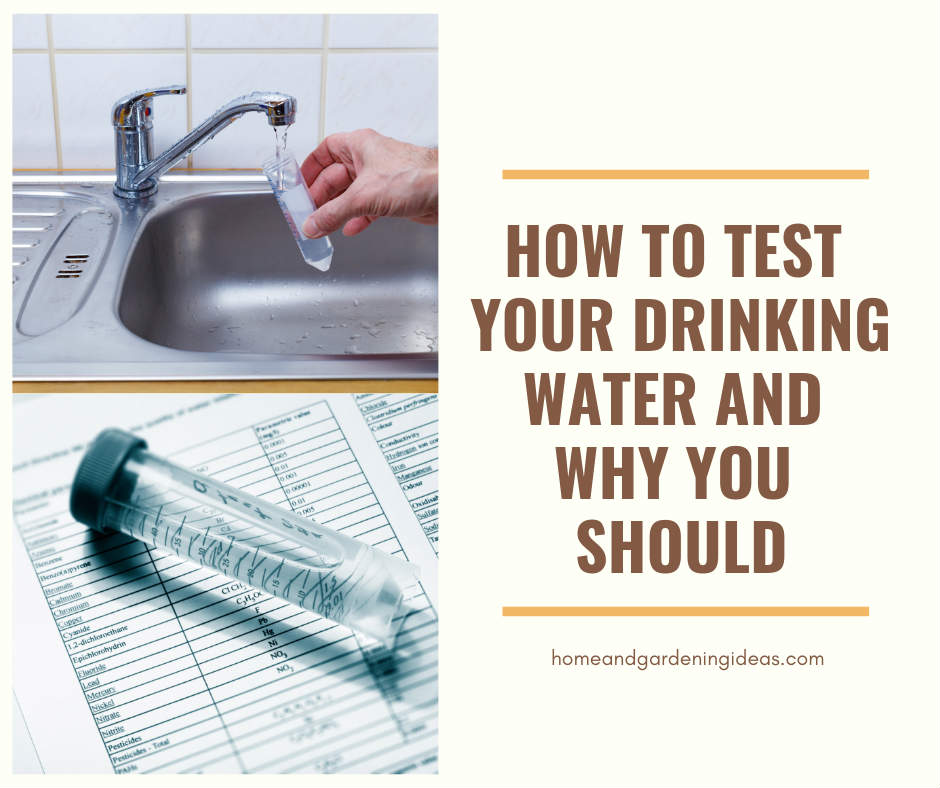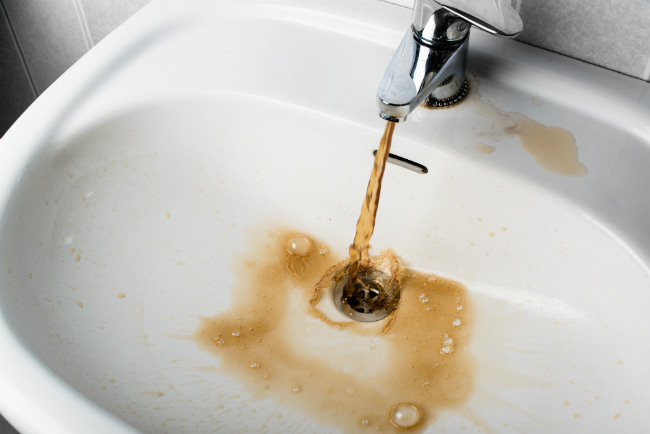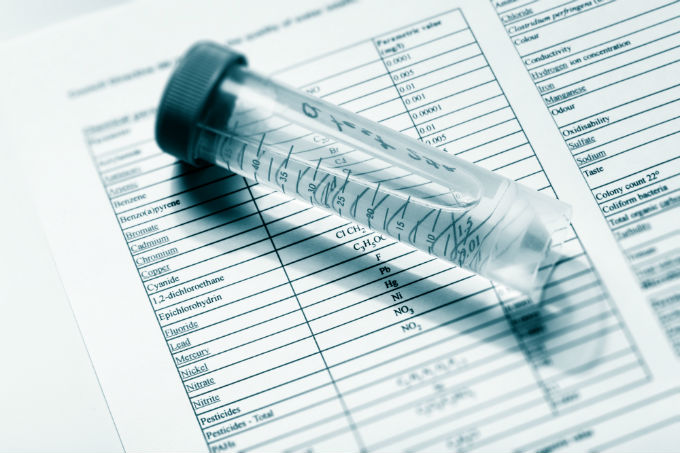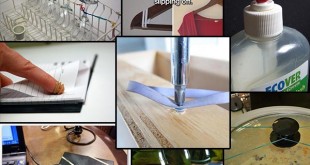Testing Your Drinking Water: When and How to Test Your Water
We would like to think that all water is safe for us to drink, but evidence shows otherwise. For the last few years, we’ve watched the disaster in Flint, Michigan where residents have been drinking water that is contaminated with chemical byproducts, lead, and Legionnaires’ disease.
There are other scenarios to consider as well. In a SHTF situation, you need to find clean, safe drinking water, but natural disasters can contaminate the local sources. Don’t assume that crystal-clear, odorless water is safe; you should still test for contaminants and pollutants.
When Should You Test Your Water?
Even clear water needs to be tested. There are some signs that your water supply needs to be tested more frequently or immediately. Here are some of those signs.
- Storage Chlorine Test or Smell
- Metallic Taste
- Rotten Egg Smell
- Turpentine Taste or Odor
- Different Colors: Red, Brown, Yellow, Blue or Green
- Cloudy, white, or Foamy
If your water doesn’t fit those signs, that doesn’t automatically mean you’re in the clear. You may have to consider other reasons to test your drinking water, such as:
- You or your family experiences recurring gastrointestinal distress.
- You’re pregnant or you have a child less than six months old.
- Your well is in close proximity to a septic tank.
- You have a new well and want to test the safety of your water.
- Your well is next to an area where livestock are kept.
- You noticed an increased amount of cloudiness in your water.
Possible Contaminants
Most of the contaminants you want to test for cannot be caught with the naked eye. All of these contaminants could be dangerous to you and your family.
Bacteria – Nuisance and Disease-Causing
Nuisance bacteria has little chance of causing harm, but their numbers can quickly multiple in the right environments. Overtime, these bacteria can generate iron and sulfur, making them dangerous overtime.
Disease-causing bacteria is much more dangerous. Examples include E.Coli and coliform, which would require medical attention to treat you and your family. If you have young children, these bacteria can be even more dangerous.
Iron
Have you noticed yellow or orange stains on your fixtures, cement, or bathtub? Iron in large amounts creates rust, and that leaves behind the telltale yellow or orange stains, especially in white bathtubs. You don’t want to drink water that contains high levels of rust – gross!
Manganese
Manganese is a mineral that can leave stains on your fixtures, leading to black or purple colors over the areas. Water that is high in manganese has a nasty, bitter taste, and exposure to large amounts can lead to negative affects on your mental and psychiatric skills. People who experience manganese poisoning can have symptoms very similar to Parkinson’s disease.
Lead
Lead is a toxic substance that can cause damage to neurons. Inhaling and ingesting lead can lead to poisoning that results in headaches, vomiting, constipation, abdominal pain, infertility, and memory problems. Extensive exposure might cause problems such as anemia, coma, seizures, and death.
Hydrogen Sulphide
If your water has a smell similar to rotten eggs, you probably have hydrogen sulphide. This component can occur naturally in your water, but sometimes it is caused by a bacteria.
Ways to Test Drinking Water
Use a Home Water Test Kit
The easiest way to test drinking water is by using a home test. You can keep these tests in your emergency bag or at your home to complete your survival preparations.
Most home water testing kits function the same. These test kits come with strips that change color based on the mineral content. You have to match the color with the chart to figure out if the water is safe to drink or not.
The ideal water home test kits have multiple strips that will test for bacteria, hardness, chlorine, pesticides, nitrites, and more. Kits that only contain one strip most likely only show you the pH level of the water. Always be sure to follow all the directions, such as the recommended time to test.
You can get some great water testing kits online, such as:
This test is designed for quick testing and looks for the 10 most common contaminants that you might find in private well water. Watersafe looks for things such as iron, bacteria, copper, lead, pesticides, and more.
If you want a more thorough test, the Essential Indicator is a good choice but you have to send the water to the lab to get the results. So, that means you can’t use this in survival situations, but it’s a good choice for well water or wanting to know the quality of your home water.
Determine the Source of the Water
You always want to know the source of your water to get all of the information needed. If you’re in a survival scenario, you have to pick a water source that is least likely to be contaminated. The best choice is clear flowing water that comes from a source without a population or village nearby. So, take advantage of a clear flowing stream or spring.
Never drink from stagnant bodies of water such as a lake or pond. These water sources hold higher levels of bacteria and other nasty things you really don’t want to drink. Rivers may be flowing, but they have higher levels of pollution, especially because populations are usually near rivers.
If you’re curious about the water in your home, check to see if the city or township offers a recent water quality reports. Many city websites have this information available for all residents, but your local town hall should be able to get you this information.
Use Castile Soap
An easy at-home test using basic soap such as Castile soap. Castile soap is a favorite because it is natural, free from detergents, dyes, and perfumes.
All you have to do is fill an empty bottle one-third full with cool water. Add a few drops of Castile soap, and shake the bottle forcefully. Watch what happens to the contents. If you see cloudy or milky water with few bubbles, that means you have hard or contaminated water. If you have clear water and a lot of bubbles, the water is soft and safer to drink.
 Home and Gardening Ideas At home and Gardening ideas we believe inspiring readers about homesteading, self sufficiency
Home and Gardening Ideas At home and Gardening ideas we believe inspiring readers about homesteading, self sufficiency








